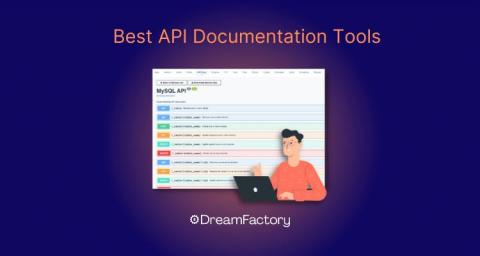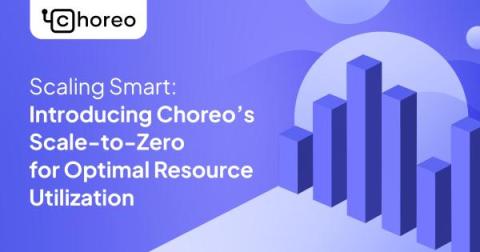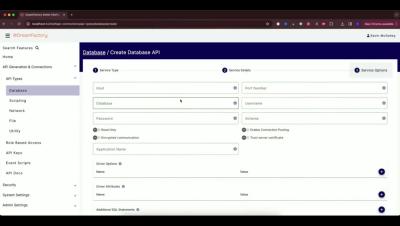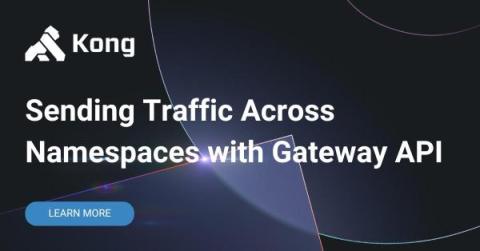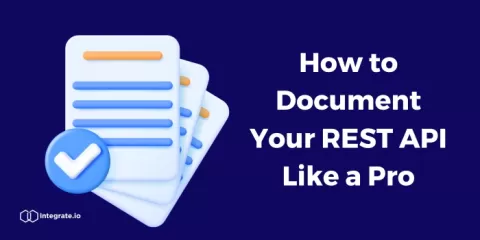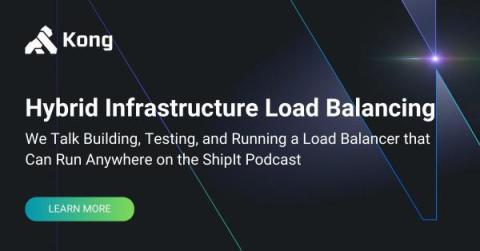The Benefits of Data Warehousing and Business Intelligence
Making sense of the ever-growing mountains of data is a challenge that organizations of all sizes face today. This article explores the powerful synergy between data warehousing and business intelligence, demonstrating how they work hand-in-hand to transform raw data into actionable insights. We’ll also delve into the role of APIs in facilitating real-time data integration and automation. Here are the key things to know about data warehousing and business intelligence: Table of Contents.




